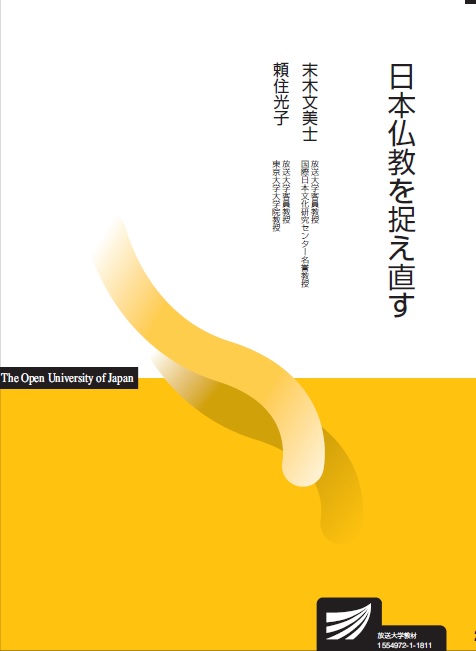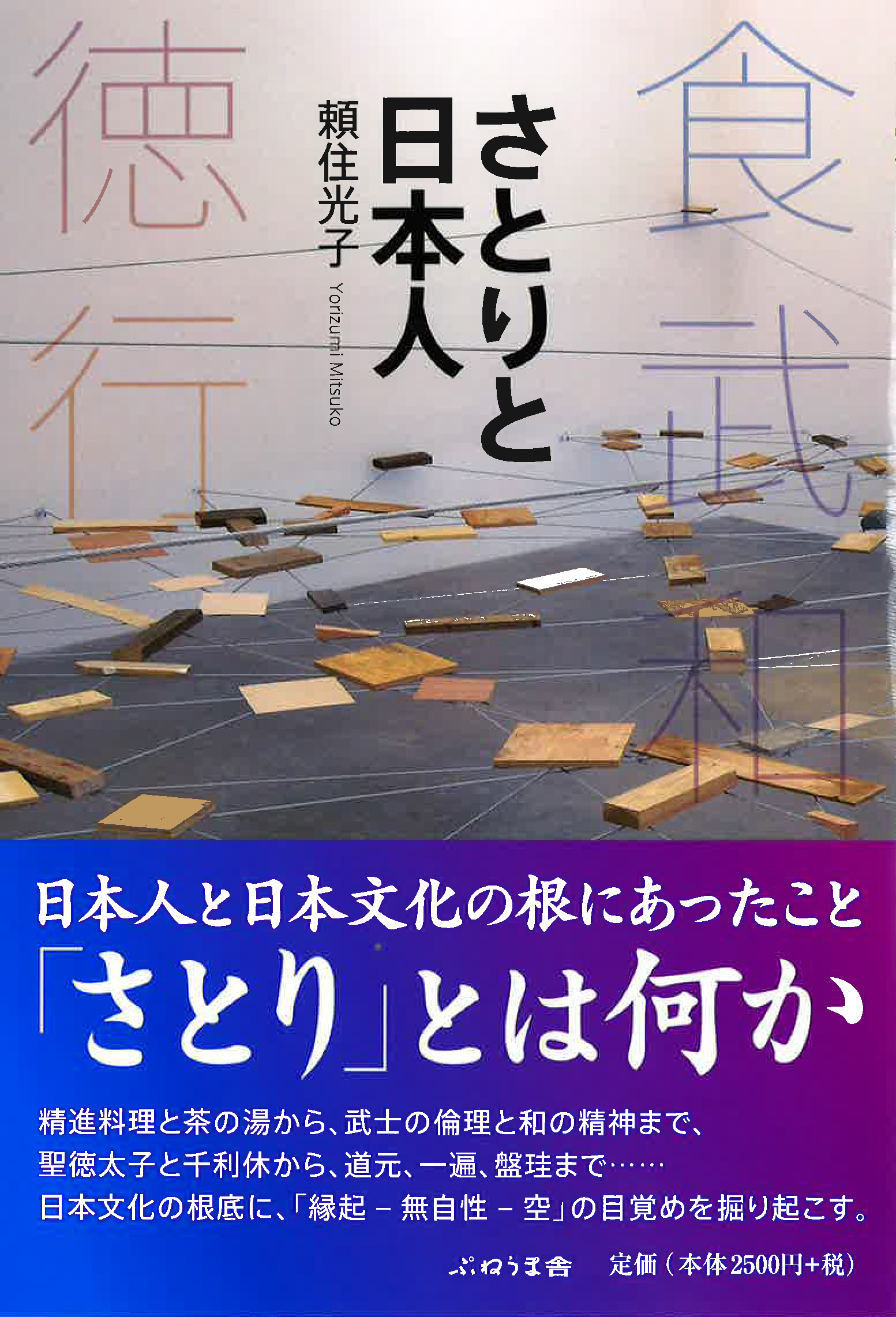
Title
Shōbō genzō nyūmon (An introduction to the Shōbō genzō)
Size
240 pages, paperback edition
Language
Japanese
Released
December 25, 2014
ISBN
978-4-04-408911-5
Published by
Kadokawa Sophia Bunko (Kadokawa)
Book Info
See Book Availability at Library
Japanese Page
In this book, I have attempted to elucidate the thought of the Shōbō genzō, the main work of Dōgen, who has been described as the greatest philosopher in the history of Japanese thought, and I have endeavoured to do so by analyzing it with close reference to Dōgen’s own words. The text of the Shōbō genzō is known for its difficulty, but as I mention in this book, this difficulty is a necessary requirement for jolting the cognitive premises that the reader unconsciously possesses and presenting a new worldview. There runs through this book a desire to grapple squarely with this difficulty without arbitrarily diluting it on the basis of our own conventional wisdom and to draw just a little closer to Dōgen’s world by following his reasoning strictly in line with the Shōbō genzō.
In the introductory chapter, I present my own basic understanding of Dōgen’s thought through a reading of the “Genjō kōan” chapter. This chapter, which Dōgen himself placed at the start of the 75-chapter version of the Shōbō genzō, represents the introduction to this work, and Dōgen wrote it for a lay disciple named Yō Kōshū. As well as having the clear-cut aim of drawing the novice into the world of Dōgen’s Buddhist path, it also constitutes a succinct summary by Dōgen of the entire Shōbō genzō. “To learn the Buddha’s path is to learn oneself. To learn oneself is to forget oneself. To forget oneself is to be experienced by the myriad dharmas. To be experienced by the myriad dharmas is to let one’s own body and mind, and the body and mind of others, fall away.” Through a careful reading of these well-known words of Dōgen, I highlight the “locus” of the unity of self and others (and the world) as a first step to approaching Dōgen’s world.
In the following five chapters, I throw into relief Dōgen’s worldview and ontology, focusing on his view of language, his epistemology, his theory of time, and his theory of enlightenment and practice.
Lastly, in a supplementary chapter I examine the “Busshō” chapter, which could without exaggeration be said to be the most substantial chapter in both quality and quantity in the entire Shōbō genzō. At the start of this chapter, which deals with Buddha-nature (busshō), an important and problematic concept in the thought of Mahāyāna Buddhism, Dōgen takes up a passage from the Mahāparinirvāṇa-sūtra that is usually understood to mean “all beings totally have Buddha-nature.” But Dōgen presents some unusual ways of reading this sentence in its original Chinese, namely, “total existence is Buddha-nature,” “the perfect totality of total existence is beings,” and “the total existence of Buddha-nature.” In other words, “everything is beings (or beings are everything) and is total existence (i.e., existence as the unity of all and one and of self and other).” By this means, Dōgen seeks to transform the reductionist ontology that we take for granted into a relationist understanding of existence, that is, one underpinned by nonsubstantiality, emptiness, and dependent co-arising. It could be said that reading the Shōbō genzō is an act of loosening the fixed understanding of existence that shackles our perceptions and opening us up to the reality of the world.
(Written by Mitsuko Yorizumi, Professor, Graduate School of Humanities and Sociology / 2018)



 Find a book
Find a book



